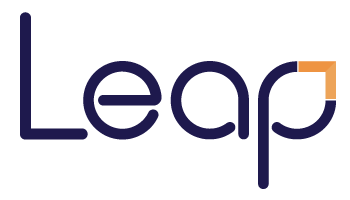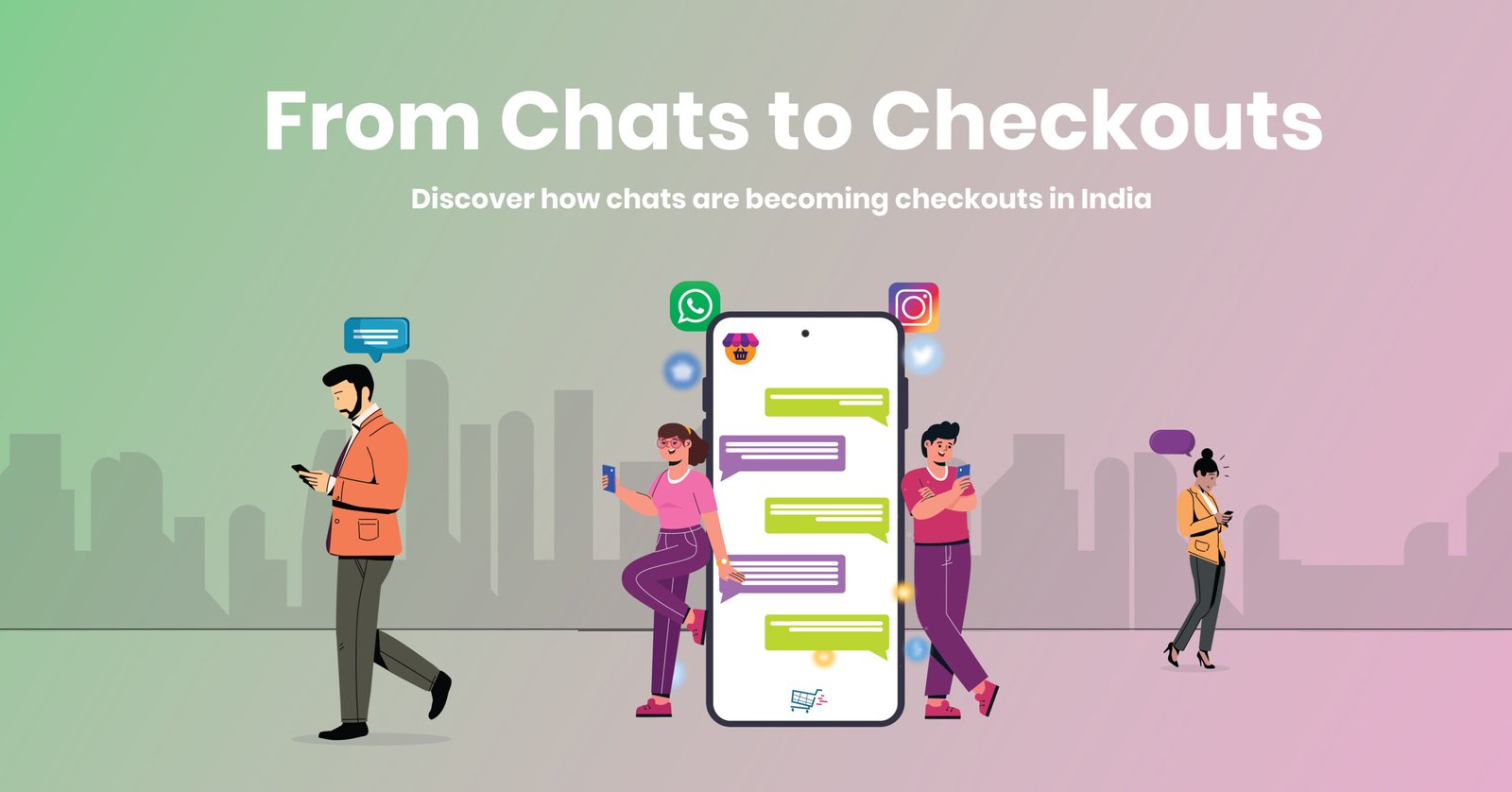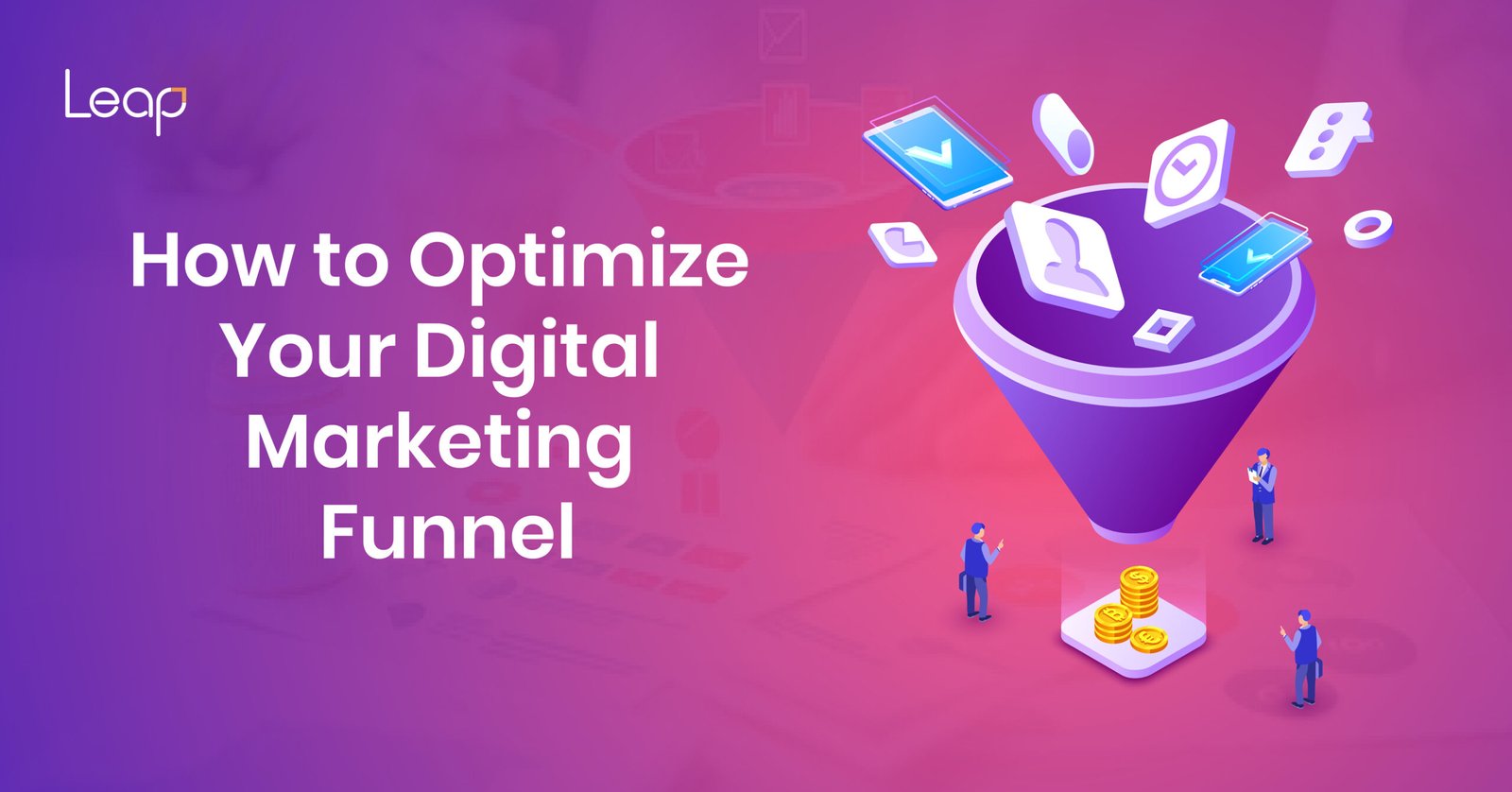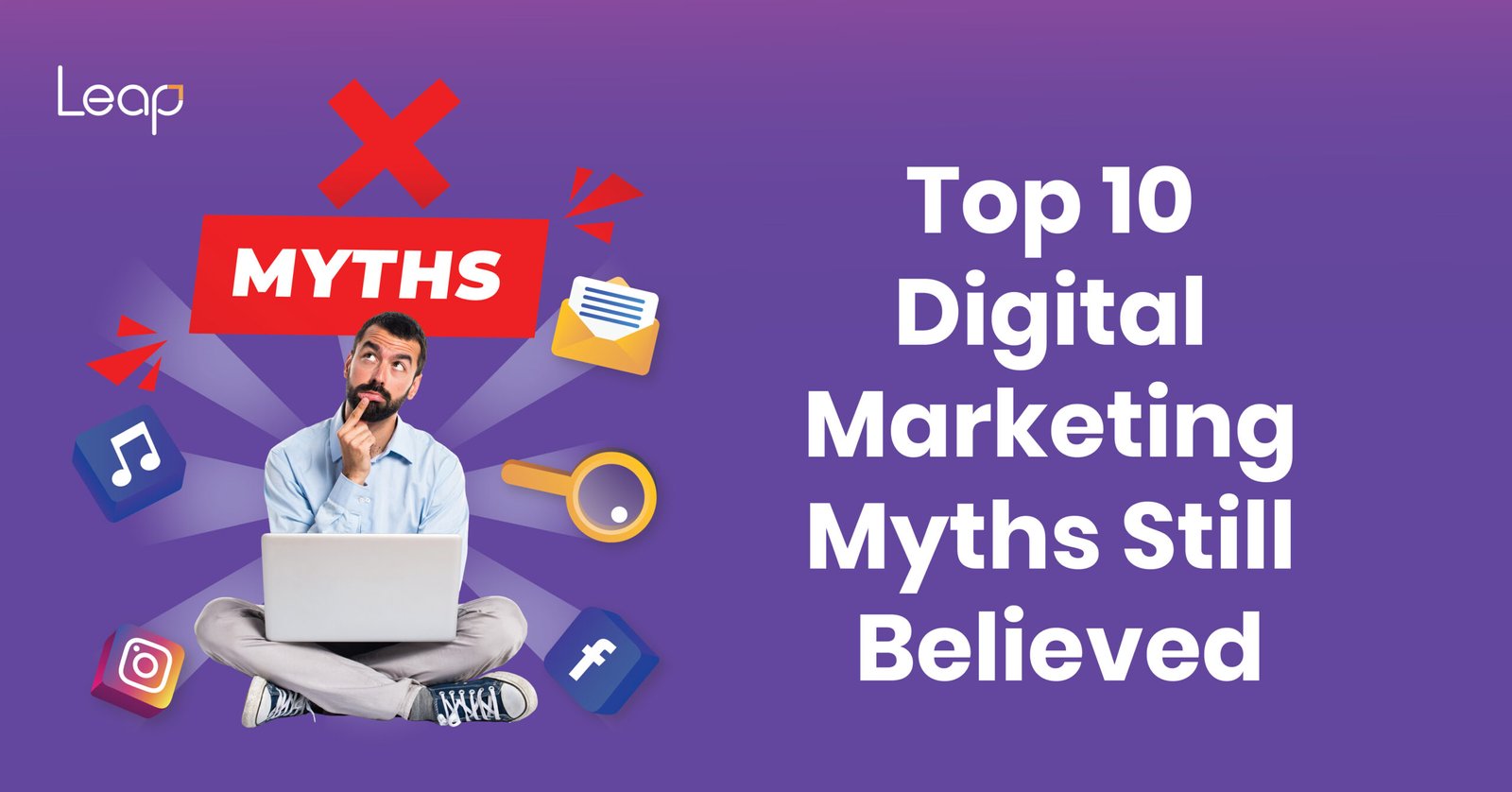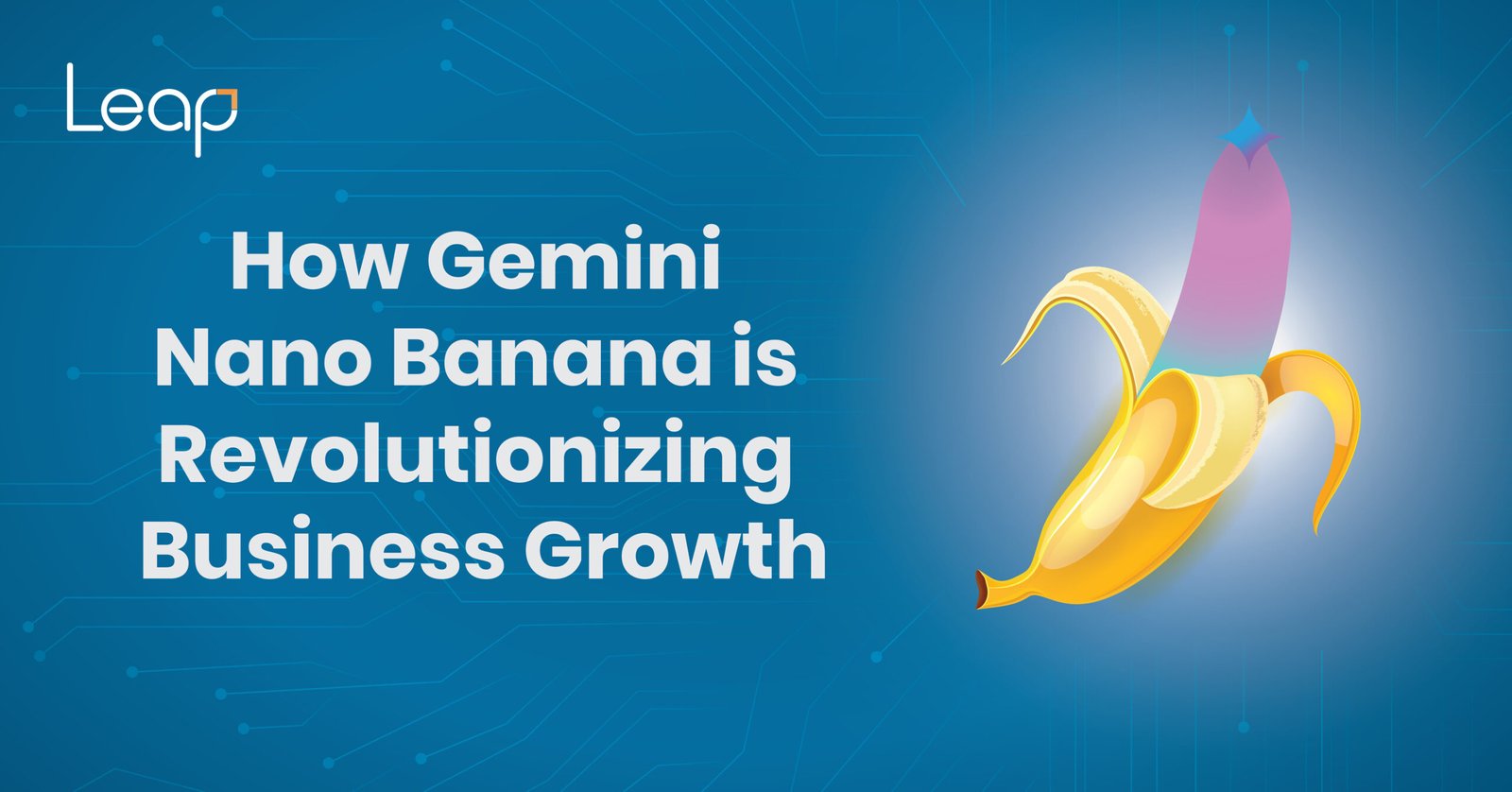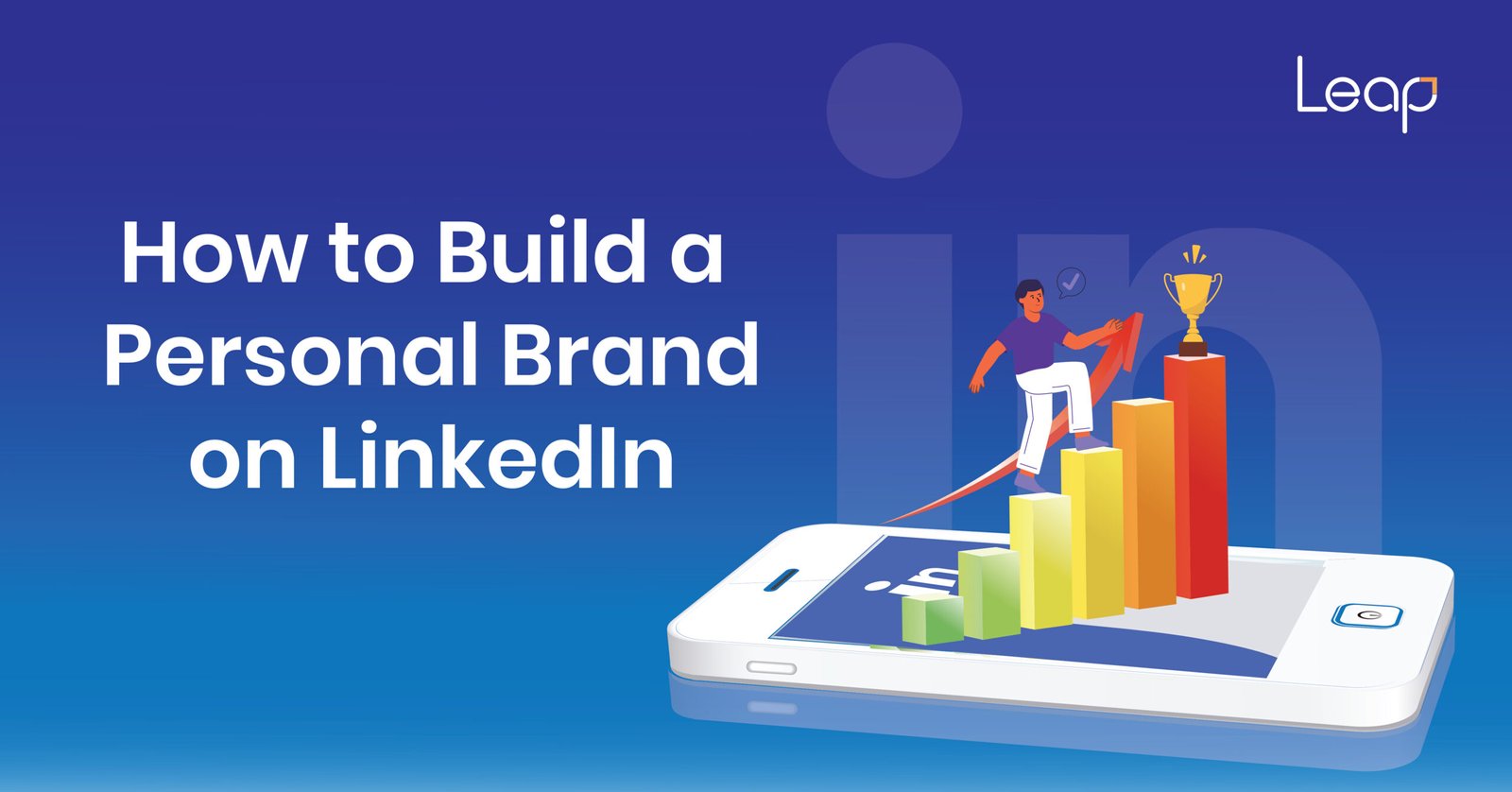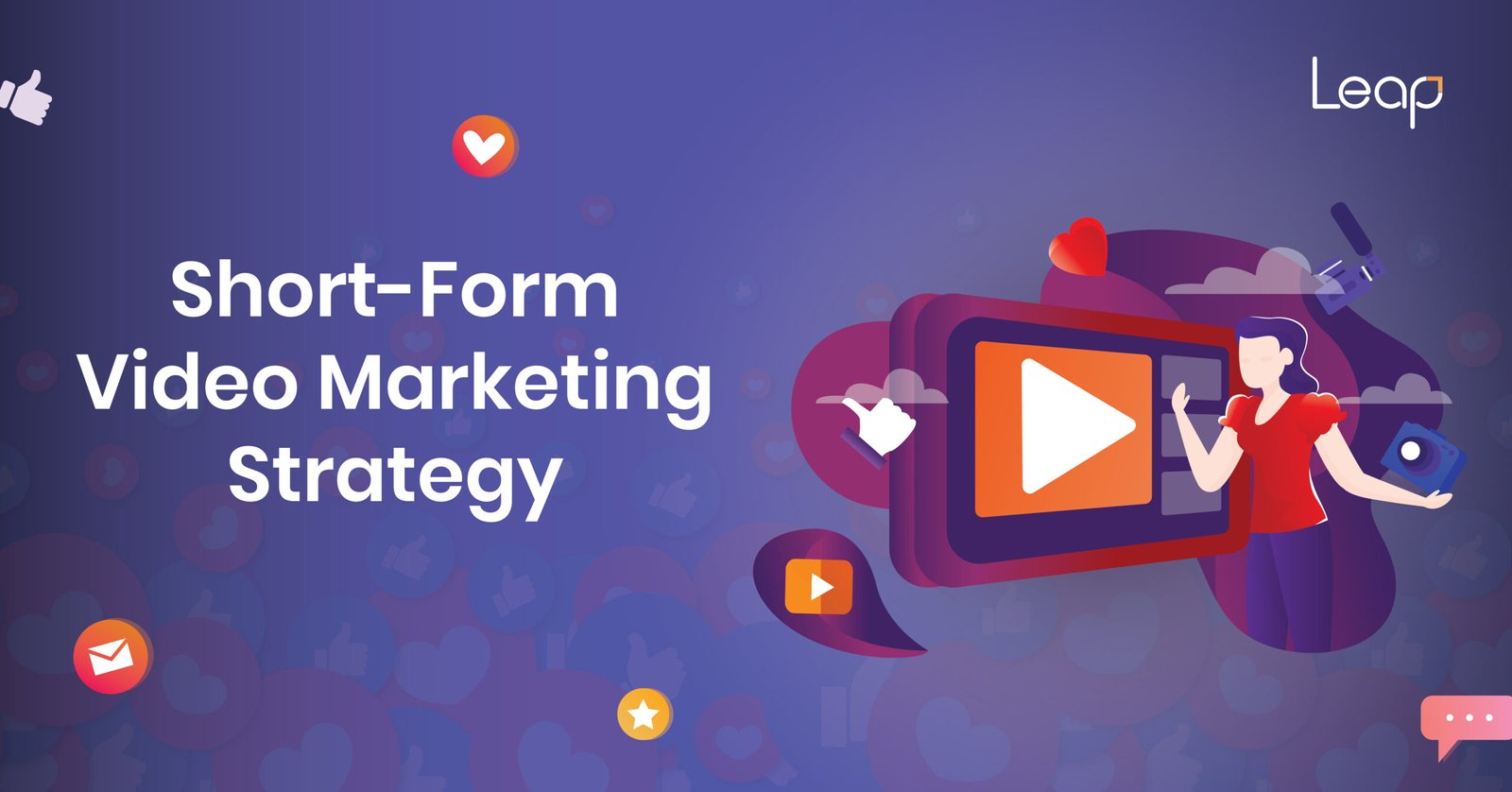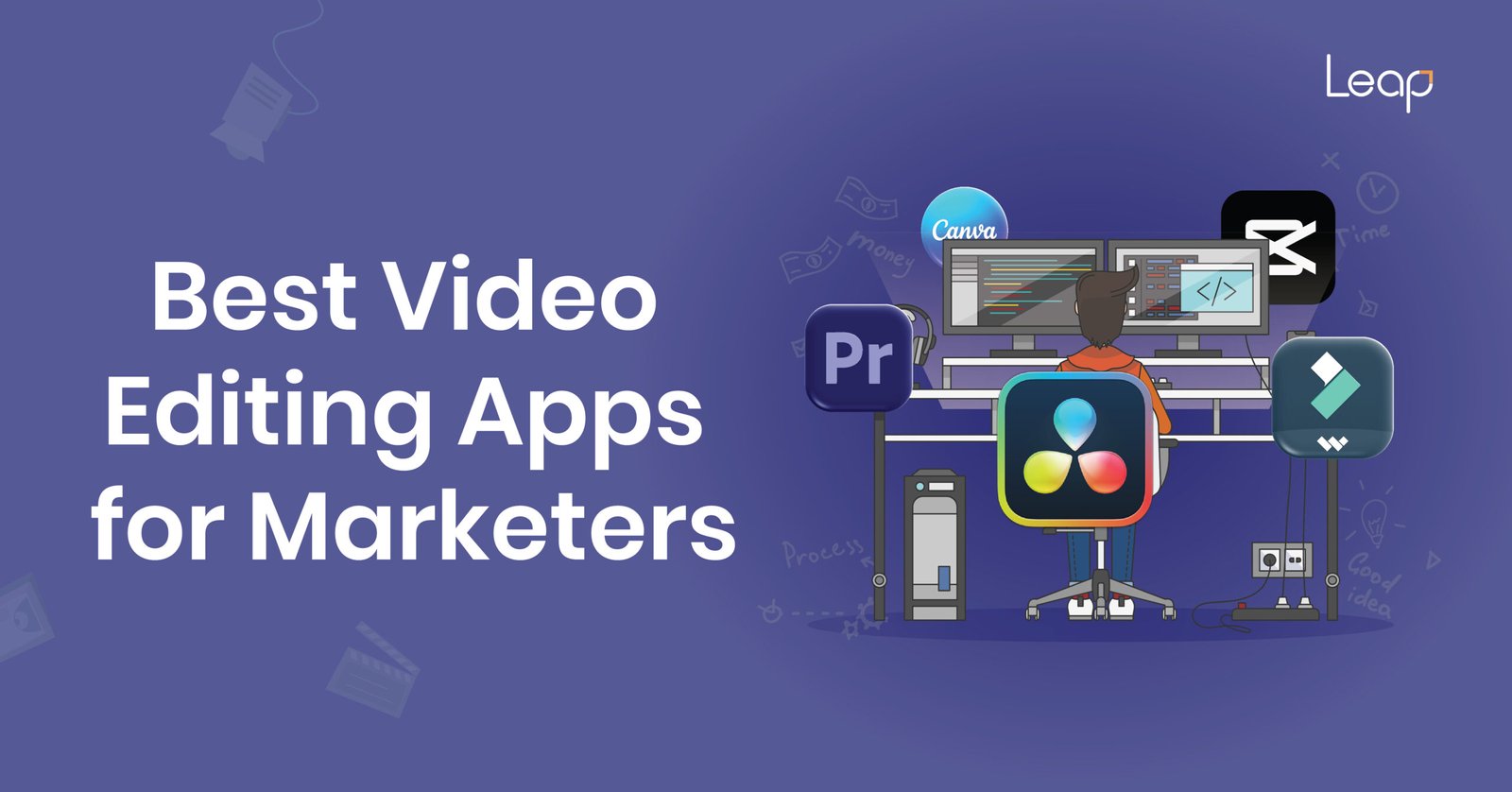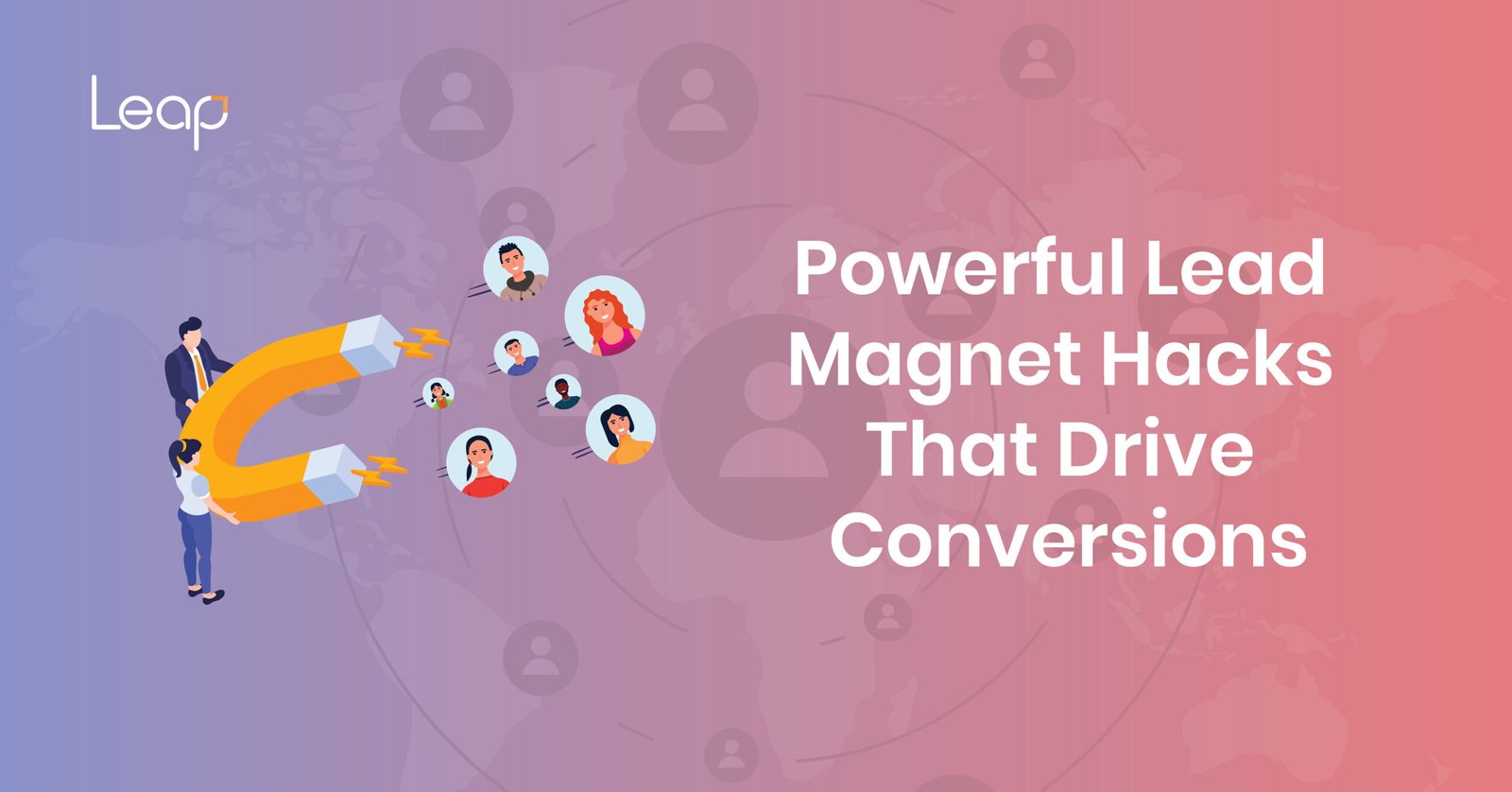
In the fast-paced world of digital marketing, staying ahead means constantly adapting. For millions of businesses worldwide, Google Ads is the engine that drives growth, visibility, and conversions. It’s the primary tool for reaching customers precisely when they’re looking for a product or service. However, the Google Ads landscape is not static; it’s a dynamic environment shaped by technological advancements, evolving user behavior, and new privacy regulations.
As we look toward 2025, the platform is undergoing a seismic shift. The changes anticipated are not minor tweaks but fundamental transformations that will redefine how we approach paid advertising. From the increased dominance of artificial intelligence (AI) and automation to the complete deprecation of third-party cookies, these developments will have a profound impact on every digital marketing strategy. This comprehensive guide will equip you with the knowledge and actionable insights to navigate these changes, ensuring your campaigns are not just surviving but thriving in the new Google Ads era.
The Evolving Relevance of Google Ads in 2025
Google Ads has always been more than just a place to buy keywords. It’s a complex ecosystem that connects businesses with their target audience at every stage of the customer journey. In 2025, this relevance will be amplified, but the rules of engagement are changing. The platform is becoming smarter, more predictive, and more reliant on high-quality inputs from advertisers.
The core value proposition remains the same: immediate visibility and the ability to capture high-intent users. However, the method for achieving this is shifting from a manual, keyword-centric approach to a more holistic, audience-first, and creative-driven model. The winners in this new landscape will be those who embrace automation, provide compelling creative assets, and leverage their own first-party data to inform Google’s powerful AI.
Key Changes Expected in Google Ads 2025
The most significant changes in Google Ads for 2025 are centered around a few key themes: the rise of AI, new ad formats, and a greater emphasis on privacy. Understanding these shifts is the first step to building a resilient and effective advertising strategy.
The Rise of AI and Performance Max Campaigns
The most talked-about development is the maturation and increased dominance of Performance Max (PMax) campaigns. What was once an optional campaign type is now the default for businesses seeking AI-driven scale. PMax uses Google’s AI to deliver ads across all Google networks—Search, Display, YouTube, Gmail, Maps, and Discover—from a single campaign.
What's New in PMax for 2025:
- Improved Transparency: Addressing a common critique, Google is providing more granular insights into asset-level performance. This means advertisers will have a clearer picture of which images, videos, and text are driving the best results.
- Enhanced Controls: Advertisers are gaining more control, with new features like campaign-level negative keywords and brand exclusions. This allows for more precise steering of the AI, preventing ads from showing on undesirable search queries or against branded terms.
- AI-Driven Creative Generation: AI is no longer just optimizing bids; it’s actively helping to create ads. The new “VideoGen” tool, powered by Gemini, can turn a landing page or product feed into high-converting video ads in minutes. If you don’t upload your own media, Google’s AI will fill in the gaps using its own generated assets.
The End of Third-Party Cookies (This Time, for Real)
Google’s long-anticipated phase-out of third-party cookies is finally scheduled for 2025. This is a monumental shift that will fundamentally change how audience targeting and measurement work. The era of tracking users across the web through cookies is over, making first-party data your most valuable asset.
How to Prepare for a Cookieless World:
- Prioritize First-Party Data: Focus on collecting and leveraging your own customer data. This includes email lists, customer match data, and website visitor information.
- Embrace Enhanced Conversions: This feature uses user-provided data (like email addresses) to more accurately measure conversions, providing a more reliable signal for Google’s AI to optimize against.
- Implement Server-Side Tracking: This is a more durable solution for conversion tracking that isn’t reliant on browser-based cookies, providing more accurate data and insights.
New Ad Formats and the Power of Visual Search
The way people search is becoming more visual and conversational. Google is adapting its ad formats to meet this trend, with a greater emphasis on rich media and interactive experiences.
Key Ad Format Trends:
- AI-Powered Search Ads: Google is expanding ads into AI Overviews and AI Mode, where your ads can appear as a natural next action in a conversational search experience.
- Vertical Video Ads: The rise of YouTube Shorts and mobile-first content means vertical video is no longer a niche format. It’s becoming a crucial part of any campaign strategy, with interactive call-to-actions (CTAs) and direct response capabilities.
- Demand Gen Campaigns: The evolution from Discovery campaigns to Demand Gen campaigns is a clear sign that Google is focusing on the upper funnel. These campaigns use visually engaging content to target users in the early stages of the decision-making process.
The Shift Towards Automation and AI in Google Ads
The central theme of all the changes in Google Ads 2025 is the undeniable shift towards automation and AI. This is not about a “set-it-and-forget-it” approach, but rather a new partnership between human strategists and machine intelligence. The role of the advertiser is evolving from a day-to-day manager of bids and keywords to a strategic director of inputs.
Your Role in the AI-First Era:
- dependent on the quality of the assets you provide. This includes:
- Creative Assets: A diverse library of high-resolution images, videos, and clear logos.
- Audience Signals: Providing Google’s AI with your most valuable customer lists and custom audience data to guide its targeting.
- Accurate Data: Ensuring your conversion tracking is flawless and that you’re feeding the system with reliable first-party data.
- Strategic Oversight: You still need to be the brain behind the operation. Your responsibilities include:
- Goal Setting: Defining clear, measurable goals for your campaigns (e.g., sales, leads, brand awareness).
- Performance Monitoring: Analyzing insights provided by Google’s AI to identify trends, opportunities, and potential issues.
- Course Correction: Using new controls and exclusions to steer the AI’s optimization toward your desired outcomes.
Best Practices for Businesses to Adapt to these Changes
To thrive in the Google Ads 2025 landscape, businesses must be proactive and intentional in their approach. Here are the best practices to implement now:
1. Master Your First-Party Data
As third-party cookies disappear, your own data becomes gold. Focus on building and nurturing your email lists, customer databases, and website analytics. Use tools like Customer Match to leverage this data directly within Google Ads, creating powerful audience segments and lookalike audiences. This is where the real competitive advantage will lie.
2. Diversify Your Creative Assets
The days of a single, static banner ad are over. The new AI-driven ad formats demand a wide range of high-quality creative assets. Invest in a library of stunning images, engaging short-form videos, and multiple versions of headlines and descriptions. The more assets you provide, the more Google’s AI has to work with to create the perfect ad for each user and placement.
3. Embrace Automation with Strategy
The lines between different marketing channels are blurring. With PMax, your ads are running on Search, Display, YouTube, and more, all at once. This makes it more important than ever to have a cohesive marketing message across all your platforms. Ensure your paid ads, social media content, and email campaigns are all telling the same story. A holistic approach will yield better results and a stronger brand.
4. Integrate Your Marketing Channels
The days of a single, static banner ad are over. The new AI-driven ad formats demand a wide range of high-quality creative assets. Invest in a library of stunning images, engaging short-form videos, and multiple versions of headlines and descriptions. The more assets you provide, the more Google’s AI has to work with to create the perfect ad for each user and placement.
Case Study: A Successful Google Ads Strategy in 2025
A mid-sized e-commerce business, let’s call it “Urban Threads,” faced a common challenge at the beginning of 2025: its traditional Search campaigns were plateauing, and a new privacy-focused world loomed.
Urban Threads' Strategy with Leap Marcom:
- First-Party Data Integration: Urban Threads, in collaboration with the experts at Leap Marcom, implemented a robust first-party data collection strategy. They used lead magnets to build a strong email list and integrated their CRM data into Google Ads via Customer Match.
- Performance Max Overhaul: The team at Leap Marcom launched a new PMax campaign, but not without strategic inputs. They provided a wealth of creative assets, including lifestyle photos, user-generated videos from their social media, and multiple ad copy variations.
- Audience Signals: They used their newly enriched customer match list as an “audience signal,” telling Google’s AI to find new customers who behave like their best existing customers.
- Strategic Controls: Using the new negative keyword feature, they ensured the PMax campaign didn’t bid on low-value searches. They also used brand exclusions to prevent competition between their brand-focused Search campaigns and the new PMax campaign.
The Results:
Urban Threads saw a 35% increase in conversions and a 20% improvement in Return on Ad Spend (ROAS) within the first quarter. By embracing the changes and leveraging expert guidance, they turned a potential threat into a massive growth opportunity.
Tips for Measuring Success in Google Ads 2025
With the shift to AI, measuring success goes beyond just looking at clicks and impressions. Your metrics should reflect your business goals and the new ways Google Ads works.
- Focus on Conversion Value: Don’t just track conversions; track their value. Assign different values to different conversion actions (e.g., a purchase is worth more than a newsletter sign-up). This allows Google’s AI to optimize for the most profitable outcomes.
- Embrace Cross-Channel Metrics: With PMax, your campaigns are no longer siloed. Use Google Analytics 4 (GA4) to get a holistic view of user behavior across your website and apps, and to understand how different channels are contributing to conversions.
- Leverage Predictive Insights: Google’s reporting is becoming more predictive. Use these insights to forecast performance, understand emerging trends, and make proactive adjustments to your strategy, rather than just reacting to past data.
Conclusion: Adapting to a New Era of Digital Advertising
The Google Ads platform in 2025 will be more powerful, more automated, and more complex than ever before. The changes are not optional; they are the new reality of digital advertising. The key to success lies in a fundamental mindset shift: from micromanaging every detail to strategically guiding a powerful AI.
By focusing on high-quality inputs, embracing automation, and prioritizing first-party data, businesses can not only navigate these changes but also achieve unprecedented levels of performance. The future of Google Ads is here, and it’s built on a foundation of data, creative, and strategic oversight.
If these changes seem daunting, you’re not alone. The most successful businesses in this new environment will be those who partner with experts to build a tailored strategy. At Leap Marcom, we specialize in helping businesses master the complexities of digital marketing and turn these challenges into opportunities.
Ready to Master Google Ads 2025?
Don’t let the future of digital advertising leave your business behind. Our team of certified Google Ads experts stays on the cutting edge of all the latest trends and changes. We can help you develop a robust, AI-powered strategy that delivers real, measurable results.
Contact Leap Marcom today to schedule a consultation and take the first step towards a more profitable and effective digital marketing future.

